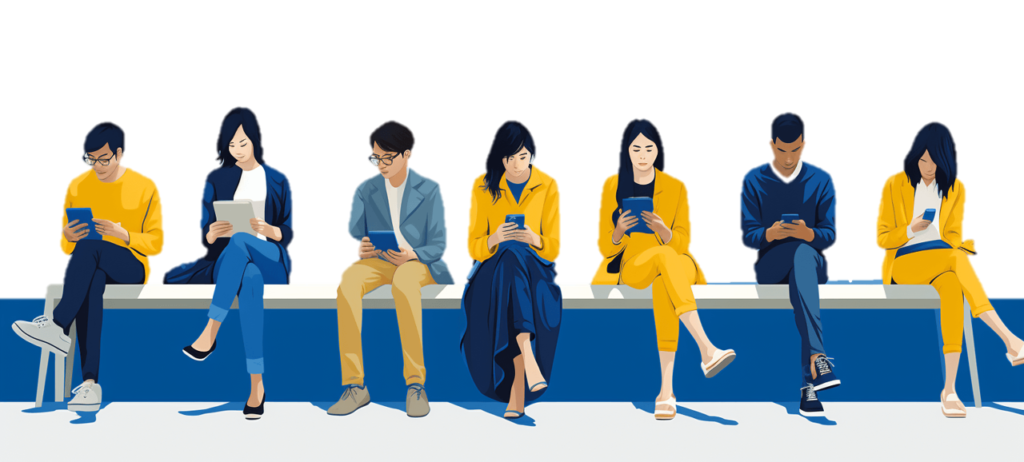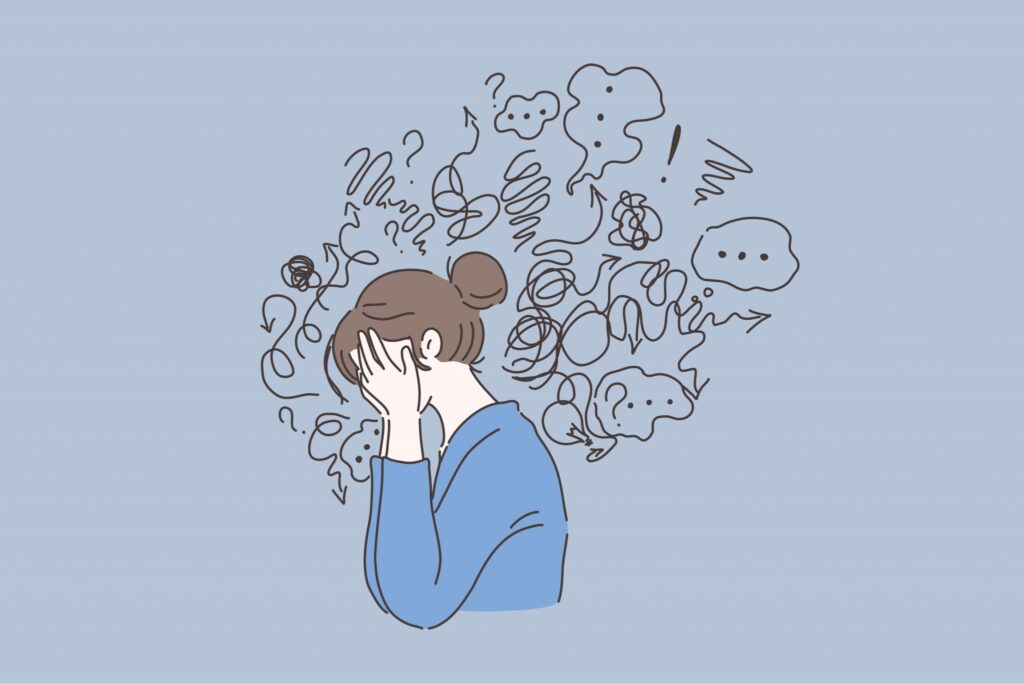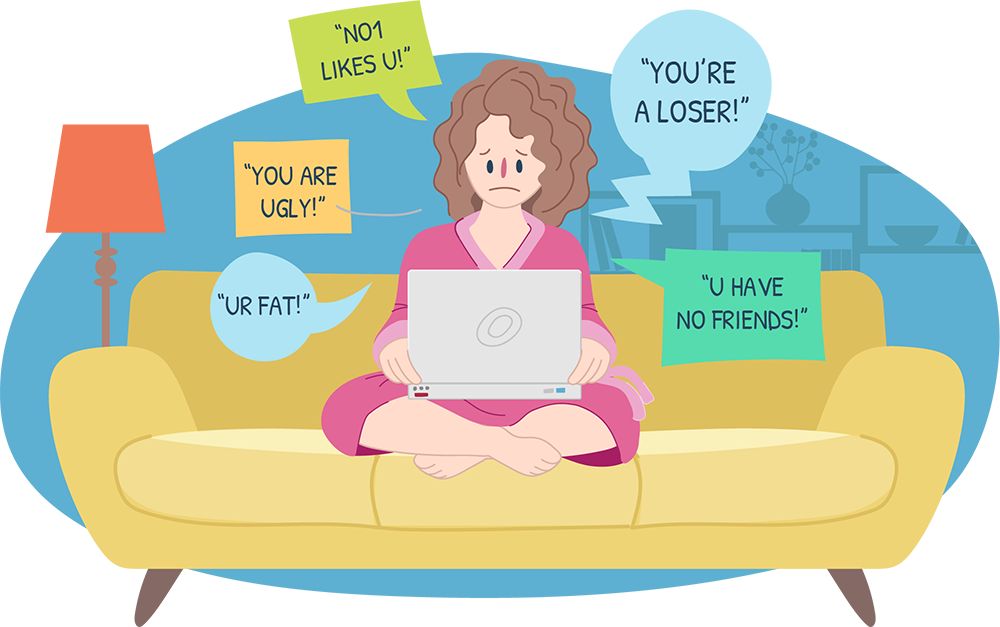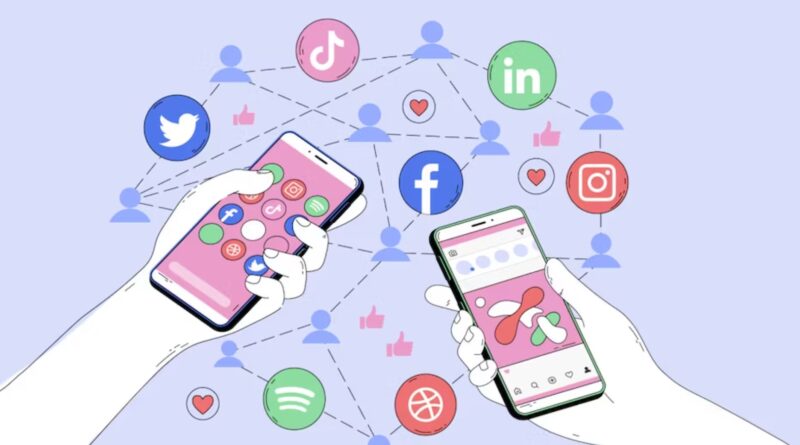The Dopamine Dilemma: Social Media Addiction and its Mental Health Effects

In the last few years, social media has become an integral part of our daily lives without us even realizing it. Social media platforms like Instagram, TikTok, and YouTube allow us to interact with our family and friends, learn about current trends in the world, and join online communities to meet people with similar preferences. According to a 2022 research report by Statista.com, people spend at least 2.3 hours on social media every day.
While it is true that continuously scrolling on social media can give people a sense of pleasure, have we ever thought about what this short-lived joy can do to our mental health?
Promoting Negative Experiences
One way in which social media can have a negative mental health impact on people without them realizing it is by making you feel anxious. Even though people are more or less aware that many of the photos and videos shown on social media are probably tweaked in a series of ways before they are posted, those glossy photos can still make people feel insecure about their appearance or what’s going on in their lives.

Fear of Missing Out (FOMO) Phenomenon and Social Media Addiction
The FOMO phenomenon manifests itself on different social media platforms, but sites like Instagram, which people use to document their lives, seem to exacerbate the feeling that other people are having more fun or leading better lives than you. This idea of missing out on something can gradually affect your self-esteem, trigger ongoing anxiety, and further exacerbate social media use, much like an addiction. FOMO phenomenon manifests itself specifically in the fact that people may pick up their phones every few minutes to check for various updates on social media.

Cyberbullying
According to a report by the Pew Research Center, nearly half of American teens have experienced bullying or harassment online by 2022, with physical appearance cited as a relatively common reason. In addition to teens, many other age groups have suffered many offensive comments as well. Thus, in the case of cyberbullying, it is a problem that has always been present on online platforms irrespective of age groups. Those negative comments that appear in the message boxes of different people’s accounts go a long way in making the social media platform a possible hotspot for spreading hurtful rumors, lies, and abuse that can leave lasting emotional scars.

Sources:
- Buchholz, Katharina. “Where People Spend the Most and Least Time on Social Media.” Statista Daily Data, 26 Apr. 2022, www.statista.com/chart/18983/time-spent-on-social-media.
- Robinson, Lawrence. “Social Media and Mental Health.” HelpGuide.org, 29 Mar. 2023, www.helpguide.org/articles/mental-health/social-media-and-mental-health.htm.
- Atske, Sara. “Teens and Cyberbullying 2022 | Pew Research Center.” Pew Research Center: Internet, Science & Tech, 15 Dec. 2022, www.pewresearch.org/internet/2022/12/15/teens-and-cyberbullying-2022.

